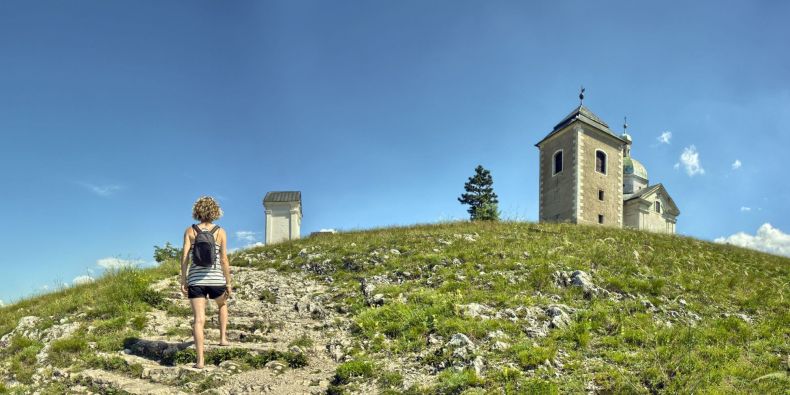When you arrive in Brno, you arrive in a place where the architectural style was formed mostly in the late 19th and early 20th century and which boasts abundant functionalists buildings, in a wine region and in a nation of hikers, where there are numerous opportunities to discover the beauty of the local landscape while out walking.
As the vice-dean for international relations at the Masaryk University Faculty of Arts and the organiser of a long-standing annual summer school, which sees people from different countries and cultures all over the world arrive in Brno, Tomáš Pospíšil has extensive experience of what visitors from abroad appreciate in Brno.
“They usually really enjoy the city and the local atmosphere. It is big enough to offer a variety of interesting sights and entertainment options and yet the city centre is not congested with tourists and so is free from the problems that come with mass tourism. And the surrounding countryside and towns have a lot to offer too,” says Pospíšil, whose summer school is called Central Europe: A Birthplace of Modernity; a fitting name for a Brno event.
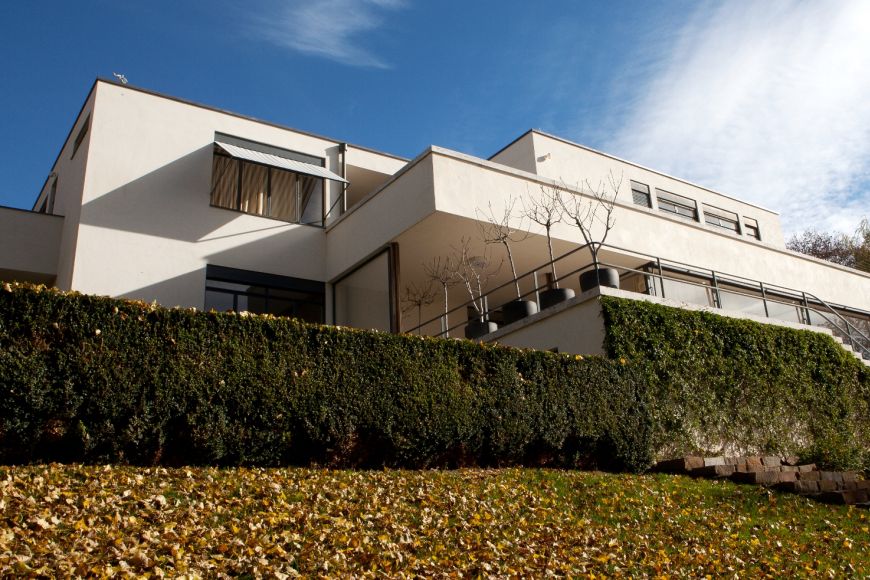
Gems waiting to be discovered
The city had its heyday in the 19th century when it was a major centre of Austria-Hungarian textile production, and this was followed by another boom in 1918 with the creation of independent Czechoslovakia. A number of beautiful houses owned or financed by the industrialists of that era adorn Brno to this day. The most famous is the functionalist Tugendhat villa, a UNESCO site that became the inspiration for Simon Mawer’s novel The Glass Room and the subsequent film with the same title. It is a good idea to book your tickets early, though, as the villa is very popular with tourists.
Other architectural sights in the city are easier to visit. The best way to learn about them and the stories of their owners is to check the Brno Architecture Manual website, which shows the routes that will take you around the best places. Another advantage is that they will also lead you near to other sights in Brno, such as the Cathedral of Saint Peter and Paul on Petrov Hill and Špilberk Castle and fortress, which used to be a notorious prison.
It is no coincidence that the manual is based on walking tours. While many Czechs could certainly take better care of their health in many respects, they walk often and far and hiking in the great outdoors is a popular weekend activity. Since the cities are often not very friendly in terms of driving and parking and are relatively small, it often makes the most sense to walk.
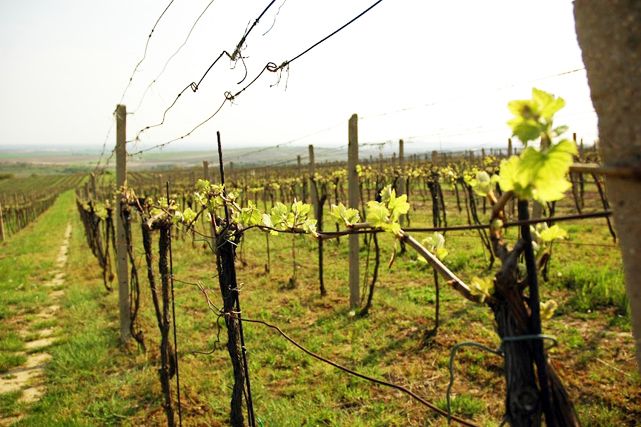
Safe and reliable hiking trails
Creating hiking trails is a long-held Czech tradition kept up by the Czech Tourist Club, which has created and maintains an amazing network of hiking trails. You can see all the trails on the website en.mapy.cz when you click on “Change map” and select “Outdoor”. As opposed to marked trails in some other countries, the Czech ones are easy to follow and you do not have to worry about getting lost.
So what are the best day trips from Brno? Tomáš Pospíšil offers the following advice, which covers several popular destinations: “The countryside and towns around Brno have a lot to offer. If you go north, simply getting out at the terminal station of many city transport lines means you have arrived in a forest. If you go south, you can take a short bus or train ride to Mikulov or one of the villages at the foot of the Pálava Hills, where you can admire the local cultural landscape dotted with vineyards, the hills themselves and the water reservoirs of Nové Mlýny. And don’t forget, you should not miss out on tasting the local wine.”
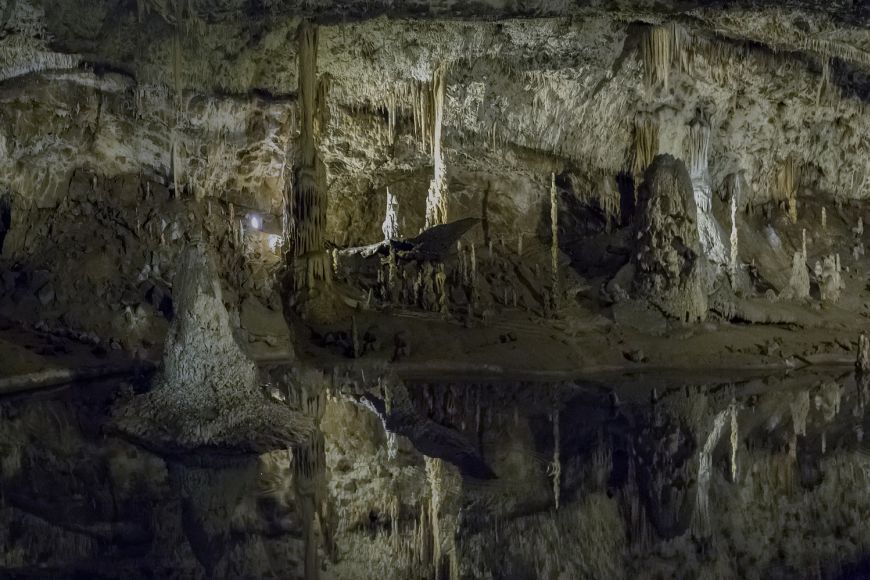
A cave adventure
The most popular place to visit north of Brno is the Moravian Karst, a protected landscape area featuring a network of over 1,600 registered karst caves and the famous Macocha Gorge. Visitors to the area have the unique opportunity to take a boat ride on the subterranean lakes within the caves.
If you head south, there is even more to see. Brno is located in the historical region of South Moravia, which has long been a wine-making region. You can buy local wine from small winemakers on your rambles through the villages or from large producers and specialised shops. The cellars at Valtice Chateau host a year-long exhibition of the best Czech wines where you can explore and taste what the local wineries have to offer.
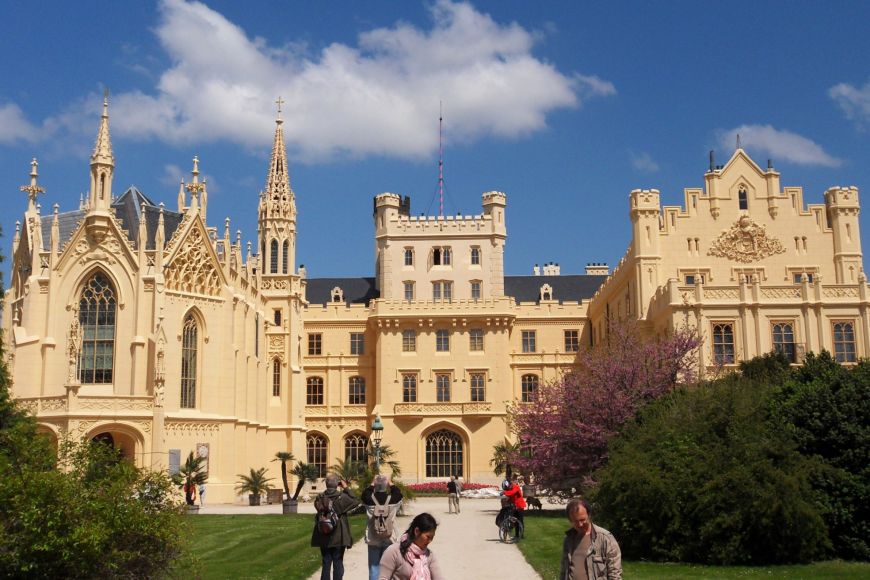
The chateau of the Lichtensteins
Valtice Chateau is one of the major draws in the area, but certainly not the only one, as it is located within the UNESCO-protected Lednice-Valtice Cultural Landscape. Besides the chateau in Valtice, the area boasts another chateau in Lednice and the adjoining park, greenhouses and a minaret. In addition to the two chateaus and the park, the Lichtensteins also built many other buildings in the 18th and 19th centuries, which are well worth a visit, and the whole area is popular with cyclists.
The “villages at the foot of the Pálava Hills” mentioned by Tomáš Pospíšil are another important destination. Pavlov has recently taken prominence among them due to the local archaeological park that opened in 2016. The park has been praised for its modern architecture and the interactive presentation of the Paleolithic remains that were found in and around the site including a copy of the Venus of Dolní Věstonice, a famous ceramic figure of a woman made of fired clay. This statue, which was found nearby and is over 27,000 years old, helped rebut the belief that ceramics had not yet been invented at the time.
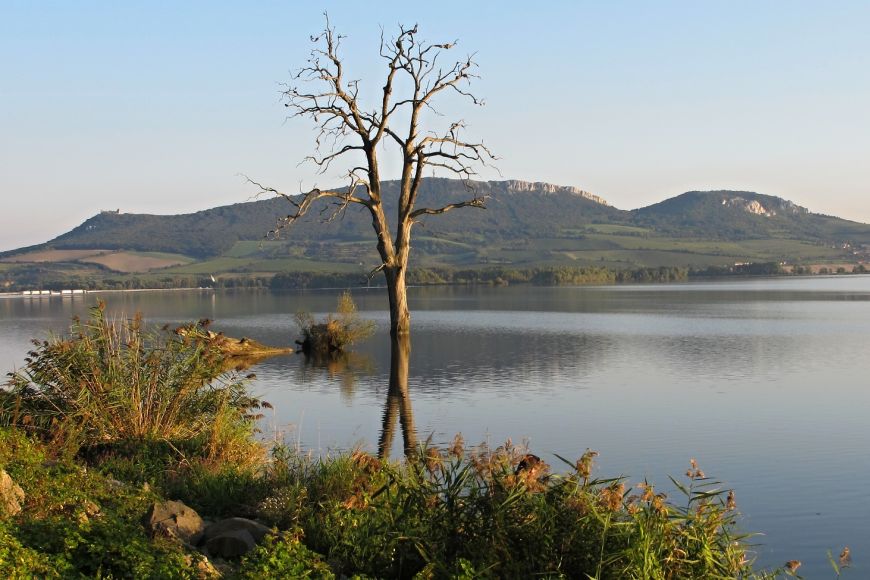
While Pavlov is certainly a picturesque village, the same can also be said about Mikulov and Znojmo, two other popular destinations in southern Moravia. However, there is no reason why you should limit your explorations of the Czech Republic solely to this region.
The town of Zlín east of Brno is the birthplace of Tomáš Baťa, the world-renowned shoemaker and founder of Bata, a company whose shops can be found all over the world. Baťa built his empire in Zlín and in doing so shaped the town’s architecture and history.
However, trains and buses can take you even further afield. To the west of Brno is Telč, famous for its town square with archways that have been featured in many fairytale films, while Nové Město na Moravě is a tempting destination for sports fans, who arrive in droves every winter to see the Biathlon World Cup. The fact that the biathlon is hugely popular in the Czech Republic just adds to the atmosphere.
